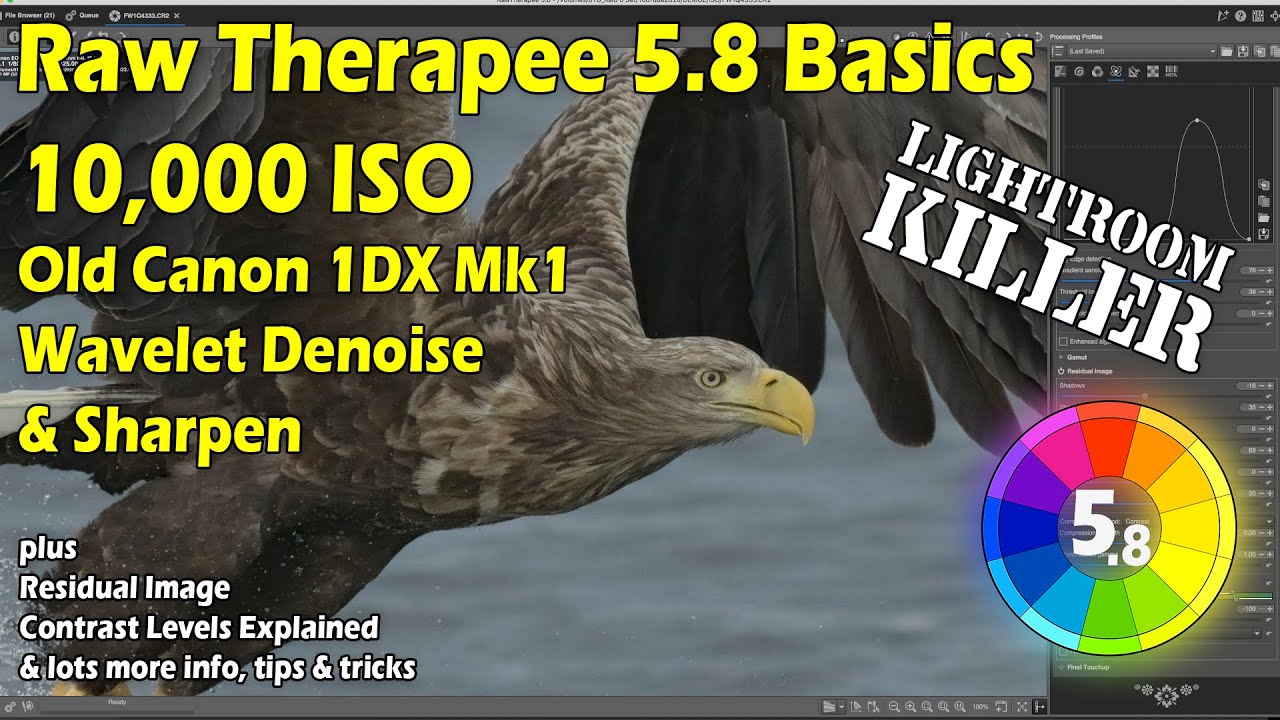@cabernet_olivier
Yes “Local adjustments” is in main branch, but not yet in 5.9…I don’t know when exactly 
@Andy_Astbury1
Thank you very much for your evaluation 
@mikae1
“LA” is positioned in the middle of the pipeline, just before the global Lab settings.
https://rawpedia.rawtherapee.com/Toolchain_Pipeline#Processing_order
You can put as many spots as you want, but it seems more logical (not mandatory) if you want to use a “full image” spot to start with this one.
Another remark, these “full image” are not new, just now it’s automatic. It used before to take 6 manipulations, now it takes one.
General remark : I recommand to clean the cache to avoid bad behavior with this new GUI fonctionnality.
@Silvio_Grosso
The problem you mention is not simple and is more than a general problem of “denoise” as pointed out by @Thanatomanic
Nevertheless I evoke the problem of the noise, in one of the links that I gave with in particular the possibility of “marrying” processes; for example “Denoise (main)”, with “Denoise LA”… since we are in an LA thread
I’m going to propose an approach, I’m not saying it’s the best…nor the worst, the denoising and the appearance of the image is something subjective that depends on a lot of parameters (personal tastes, shooting conditions, viewing conditions, material used, phisiological abilities (eg I am 73 years old and my visual abilities are no longer very good. …) things that partly come out of a CAM (Color apperance model)
First of all, the image setting parameters (independent of Denoise) are different in the Dx0 and Rawtherapee image.
if we look at the eagle’s wings, the black parts and the white parts :
Black wings :
DxO L=2, RT neutral L=6, RT « auto-matched » L=11
White wings :
DxO L=94, RT neutral L=41, RT « auto matched » L=60
In the same way the image is more saturated, more flattering
I don’t own DxO, Capture One or Lightroom, and my computer is only used for development RT. So it’s hard for me to make comparisons. Nevertheless the principles of CAM (human vision) are there. For example we will see much less chrominance noise on an almost black background, than on a gray background. I’m not trying to say, it’s better or worse, but different and evaluators will have to take that into account. it is therefore necessary to try to evaluate the noise by « ignoring » these differences.
How did I do it? By remembering that it is one solution among others. For example I didn’t use “wavelet levels denoise”, nor “excluding spot”…and some of my choices are arbitrary
First step, I open the raw file, with default settings (with auto-matched tone-curve)
Second step : I used « Noise reduction (main) » with « small settings » with 2 goals :
Of course, these settings are quite arbitrary and can be changed.
Third Step : Using « Local adjustments »
Some principles used :
-
avoid using tone curves and prefer the “tone equalizer” to change the general aspect of the image (contrast…)
-
Step 3 – 1 - Denoise :
differentiate the action between the green background and the Eagle. For this we will use principles and methods :
a) Work in full image
b) position the center of the spot in the zone to be denoised the most (the green part)
c) choose a high scope value, because the range of the image goes from green (background) to red (Eagle), so big amplitude of dE, but not to maximum
d) use the hue equalizer, to strengthen the action in the greens and reduce it for Eagle (red)
e) create a mask where we will try to separate the eagle from the background (the background in black)
f) use « Recovery based on luminance mask » to accentuate denoise on the green background
g) use a curve « Luminance denoise by level » minimizing the action on the first level to preserve details and then acting mainly on the lower levels
h) use « Fine chroma » to adjust chroma noise
i) others settings (Luminance detail recovery, Chroma detail recovery, equalizer, edge detection…) according to your taste
j) note the importance of the bilateral filter
- Step 3 – 2 - adjust the micro-contrast and saturation of the eagle
a) Create a new RT-Spot around the « Eagle »
b) use « Vibrance warm cool » to increase Saturation
c) use « Local contrast and Wavelet » to increase « local contrast » by using « Contrast by levels ».
All these settings are quite arbitrary, you can for example change the shape of the curve “Luminance denoise by level”, or the DCT parameters, or Bilateral, or “Recovery”, or…
Eagle_copyright-Jean-Charles_Rivas.NEFjdc.pp3 (22.4 KB)





